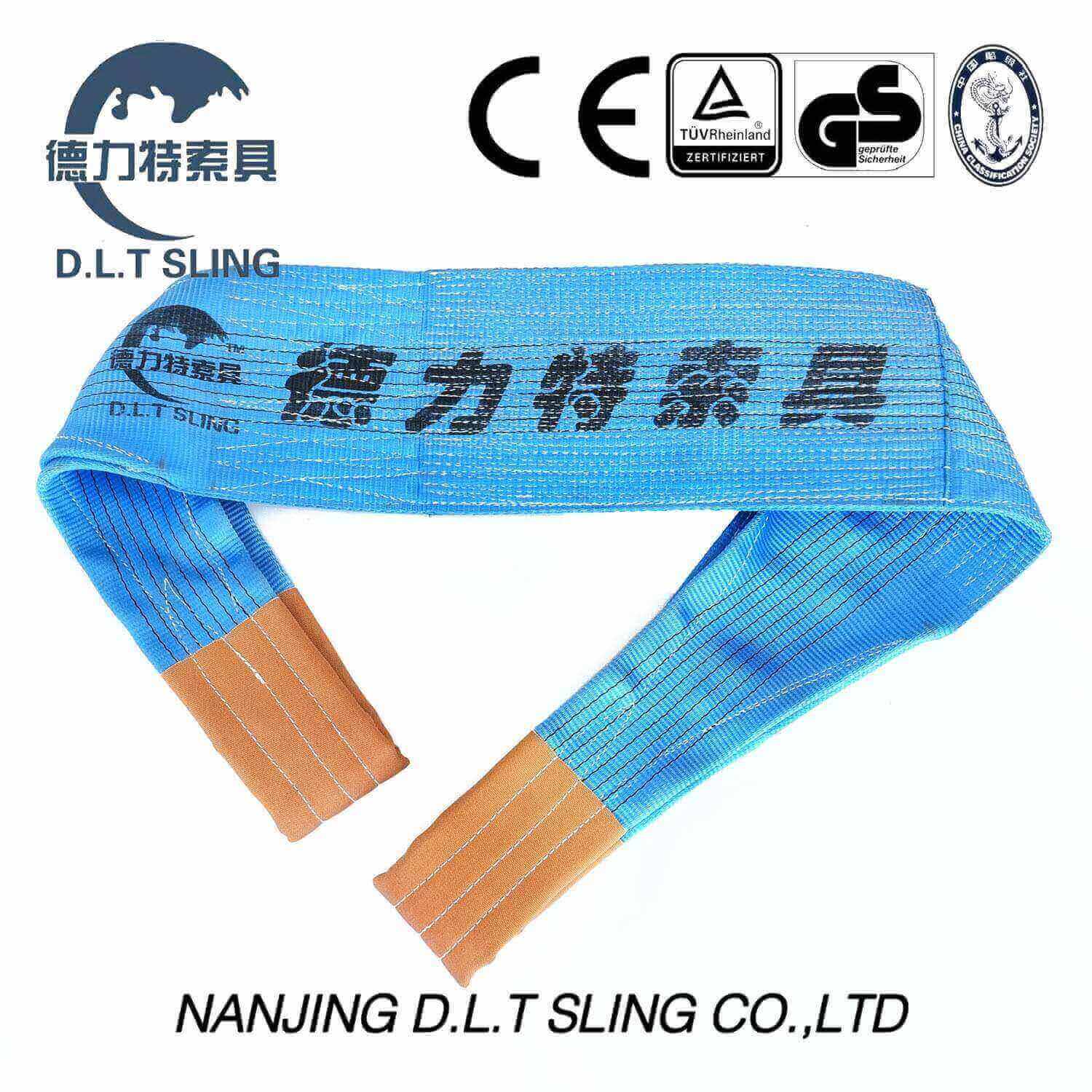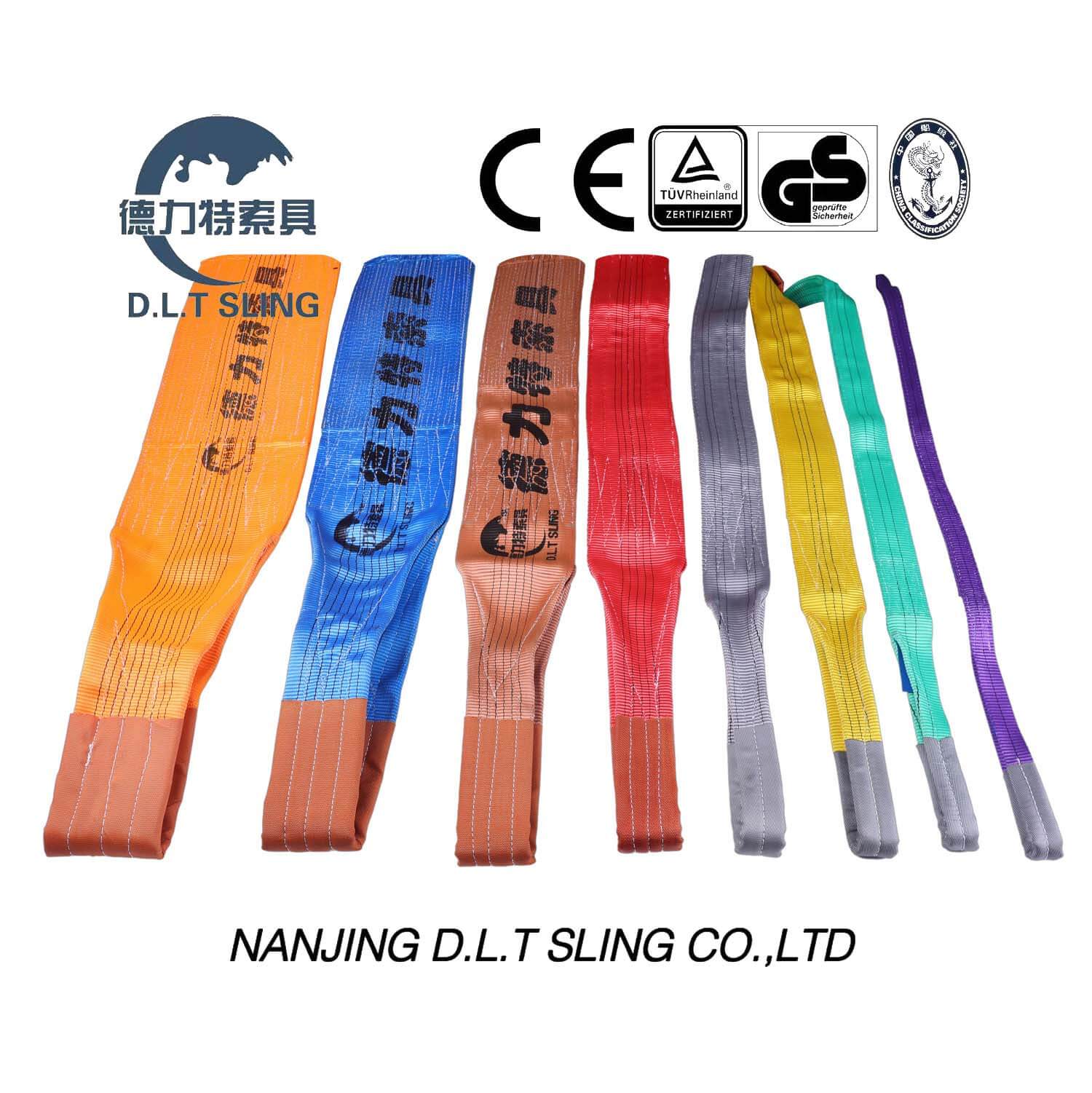This article was last revised in 234 Days ago, some of its contents may have changed. If you have any questions, you can ask the author。
In today's world, where environmental concerns are at the forefront of global conversations, it is crucial to make sustainable choices in every aspect of our lives. One area where sustainability can be prioritized is in the selection of lifting and rigging equipment. Webbing slings, an essential component in various industries, offer significant environmental advantages compared to traditional materials. In this blog post, we will explore the environmental benefits of using webbing slings.
Webbing slings are made from synthetic materials such as nylon or polyester, which have a lower environmental impact than natural fiber or metal alternatives. The manufacturing process of webbing slings consumes fewer resources and generates less waste, making them a greener choice. Additionally, the durability and strength of synthetic fibers allow webbing slings to be reused multiple times, reducing the need for frequent replacements and further minimizing waste.

Flat Webbing slings are also resistant to moisture, chemicals, and UV radiation, extending their lifespan and reducing the frequency of replacements. This longevity directly translates into decreased consumption of raw materials and energy needed for manufacturing new slings. Furthermore, as synthetic materials can often be recycled, webbing slings can be repurposed at the end of their useful life, contributing to a circular economy and reducing waste generation.
Another environmental advantage of webbing slings is their lightweight nature. Compared to heavy and bulky metal chains or wire rope slings, webbing slings are much lighter, resulting in reduced transportation fuel consumption and carbon emissions. This weight reduction also makes it easier to handle and maneuver loads, improving overall operational efficiency.
Moreover, the use of webbing slings promotes workplace safety. The soft and flexible nature of webbing distributes the load evenly, reducing the risk of damage to the load itself and ensuring the safety of workers. This not only protects valuable assets but also helps to prevent accidents and injuries, leading to improved productivity and reduced environmental impact associated with remedial actions.
Choosing webbing slings over traditional lifting and rigging materials offers several environmental benefits. The manufacturing process of webbing slings consumes fewer resources and generates less waste. Their lightweight design contributes to reduced transportation emissions, while their durability and resistance to environmental factors promote longevity and reduce the need for replacements. By selecting sustainable options like webbing slings, industries can play their part in mitigating environmental impact while maintaining operational efficiency and ensuring worker safety.
